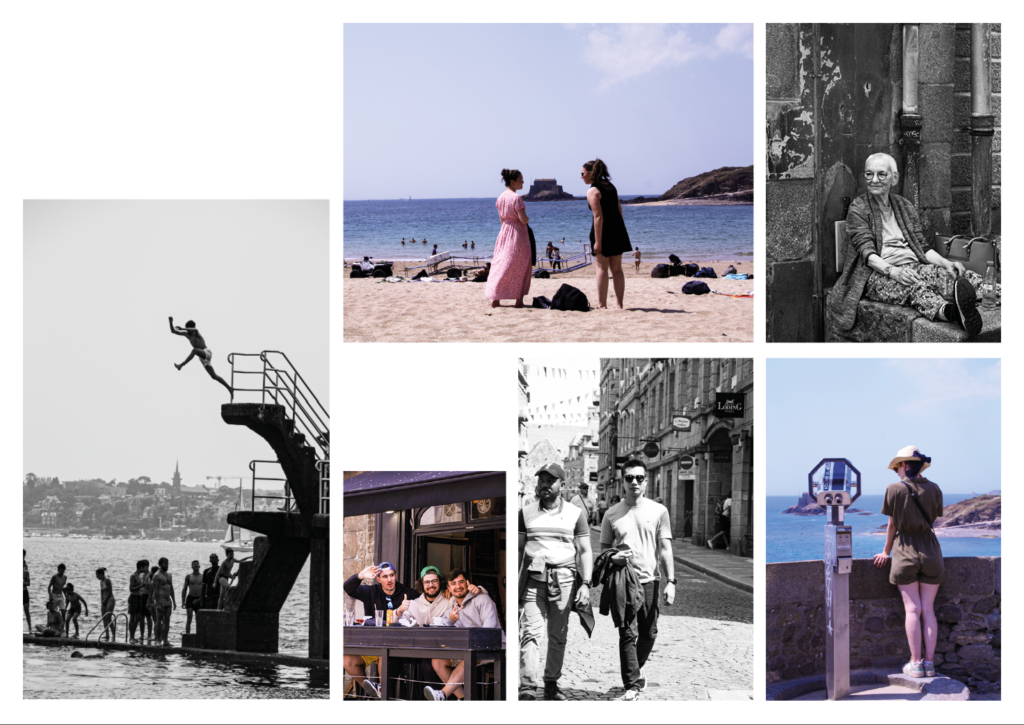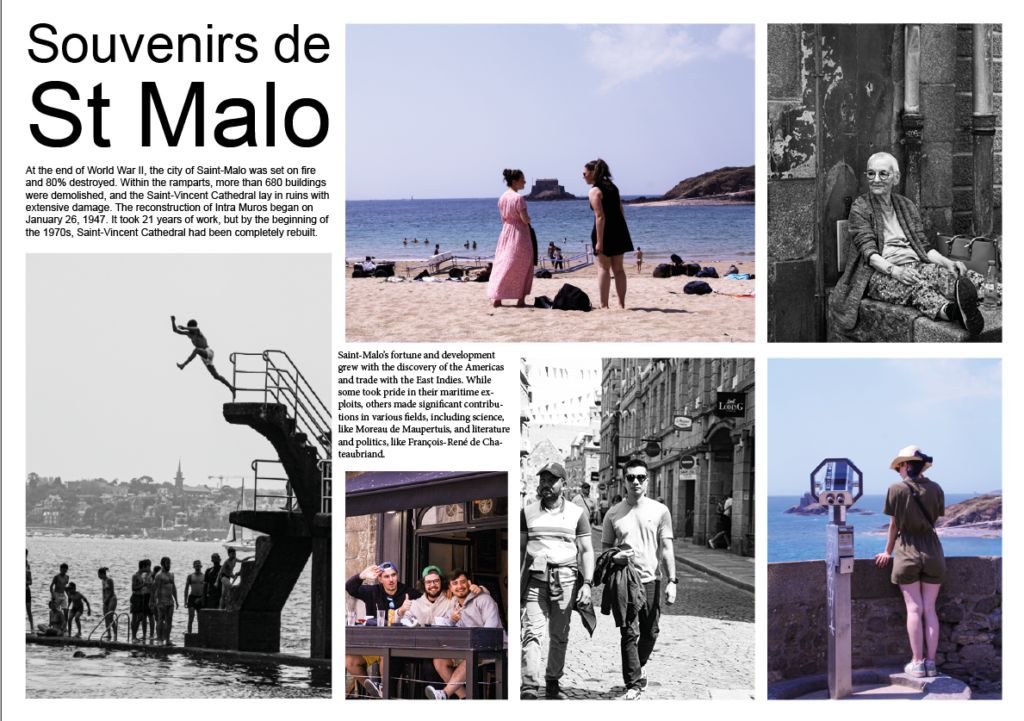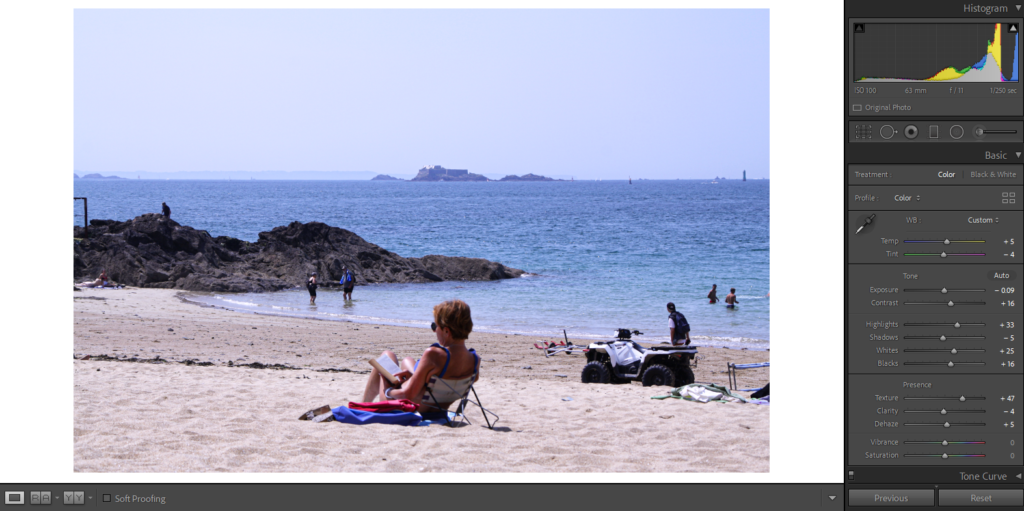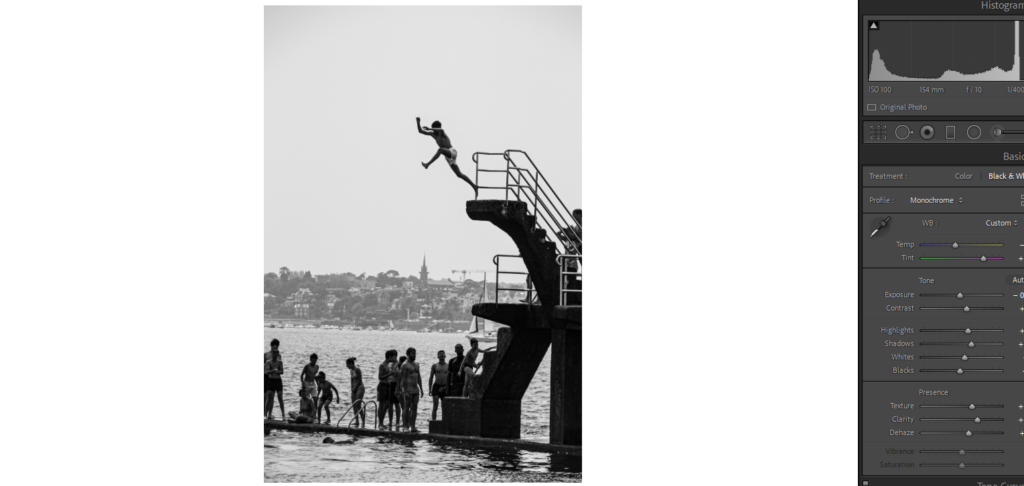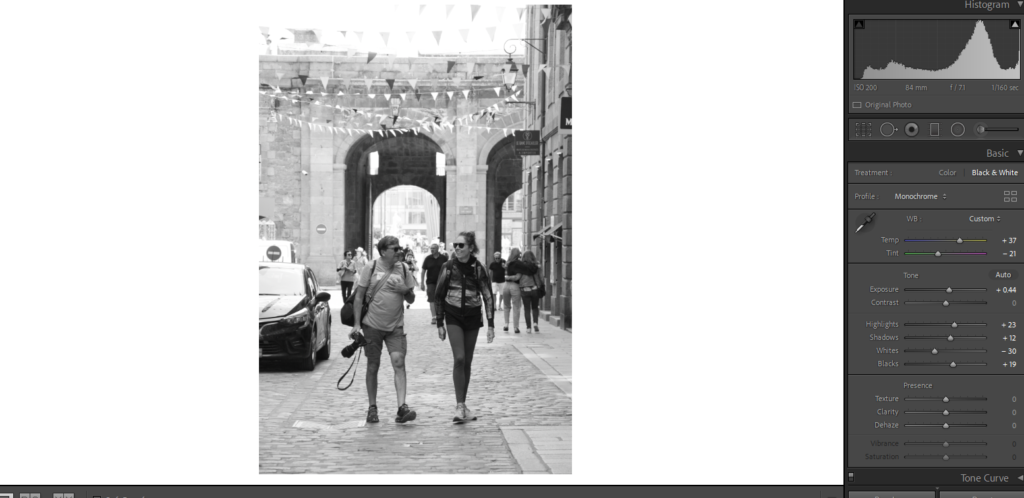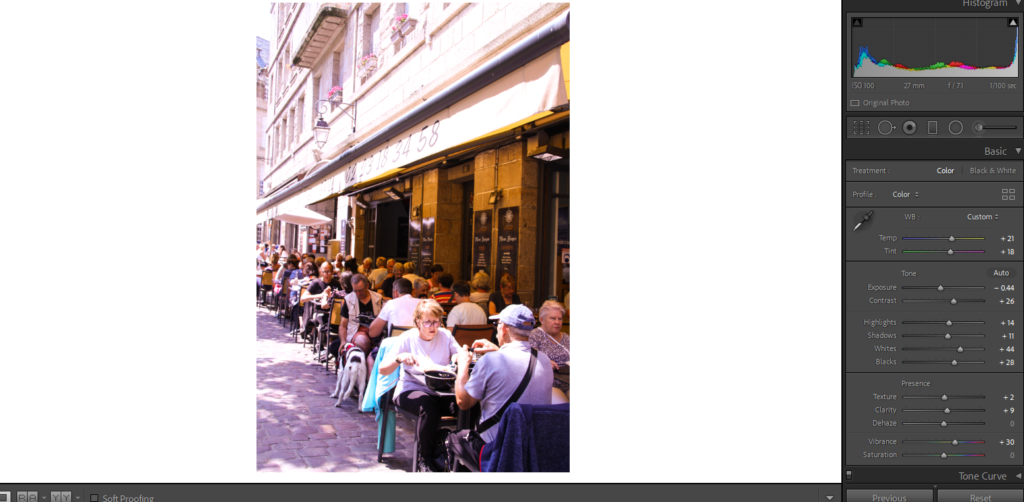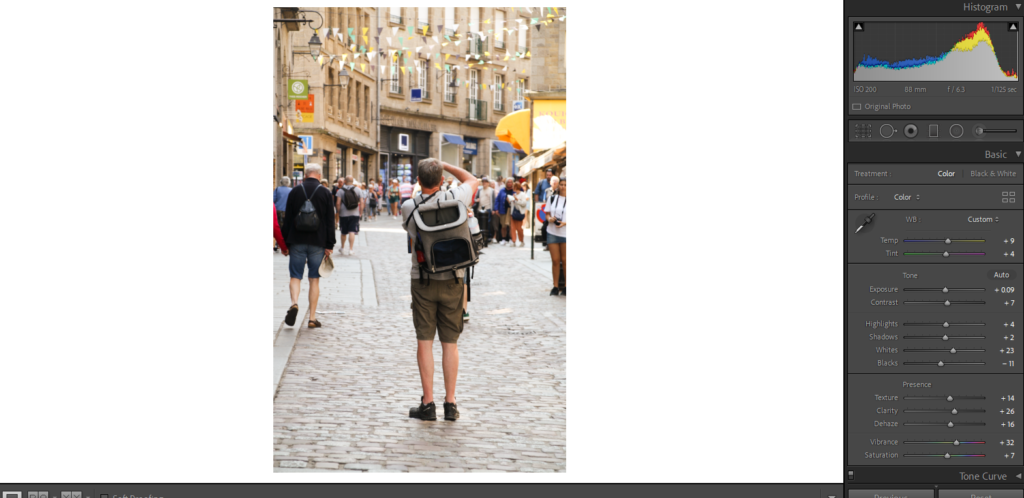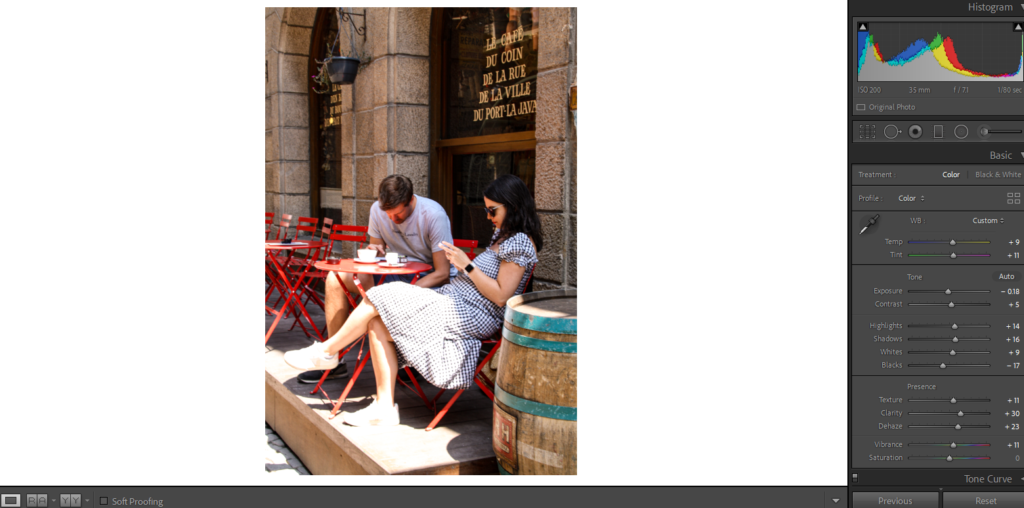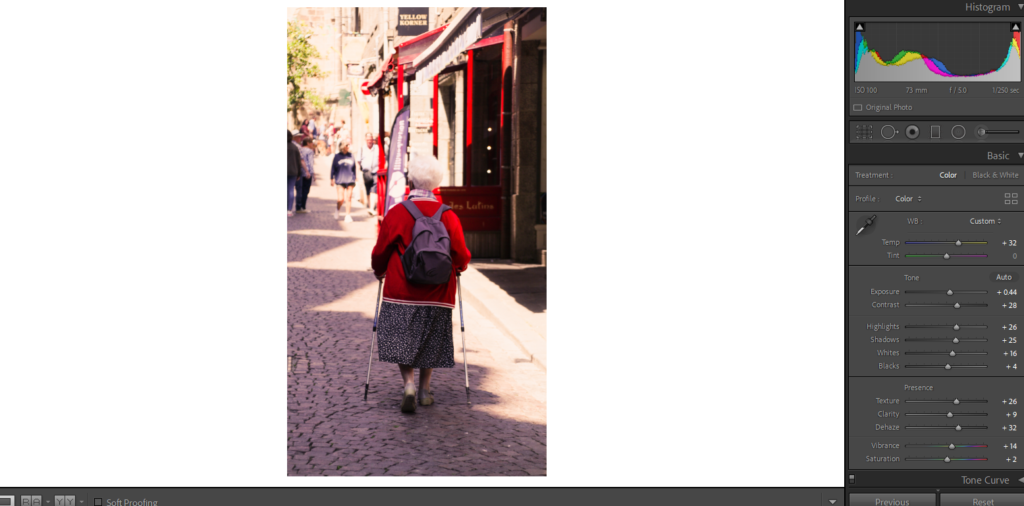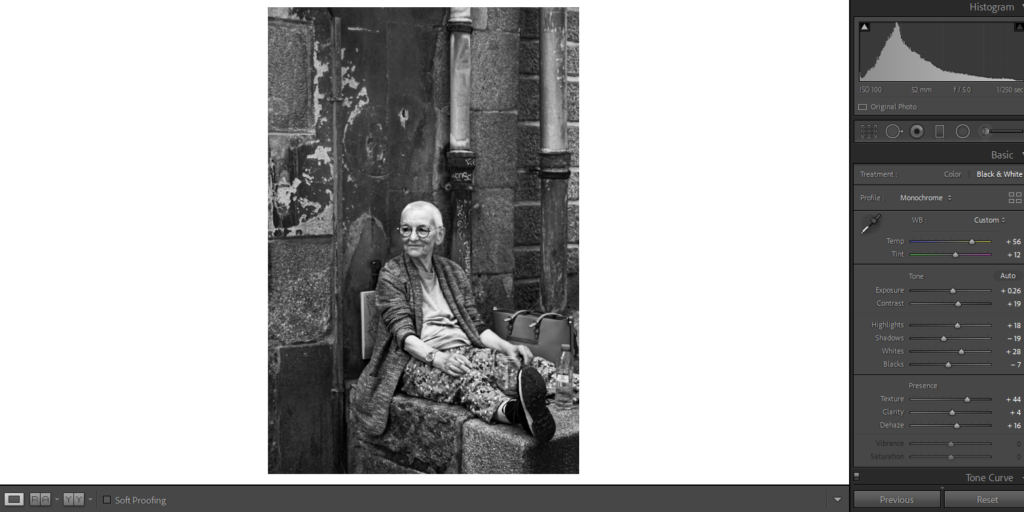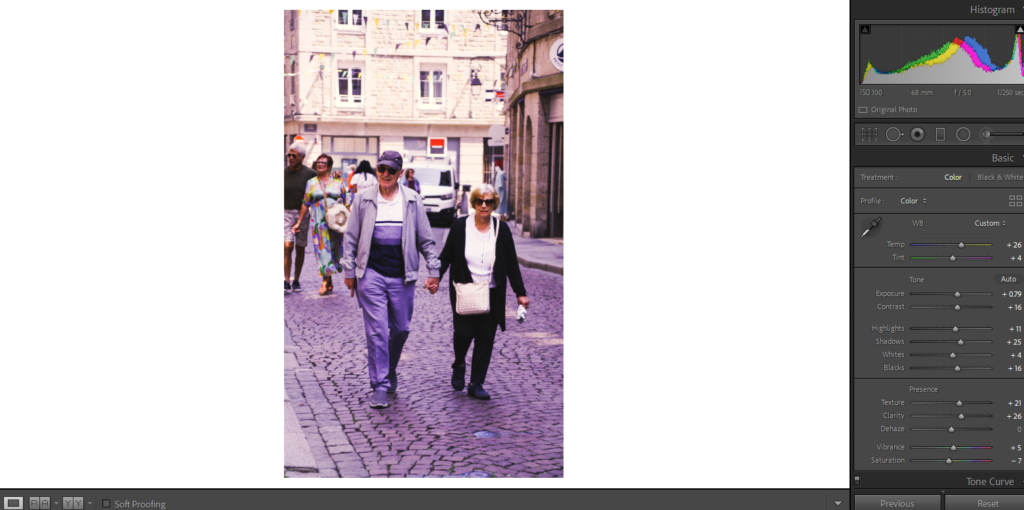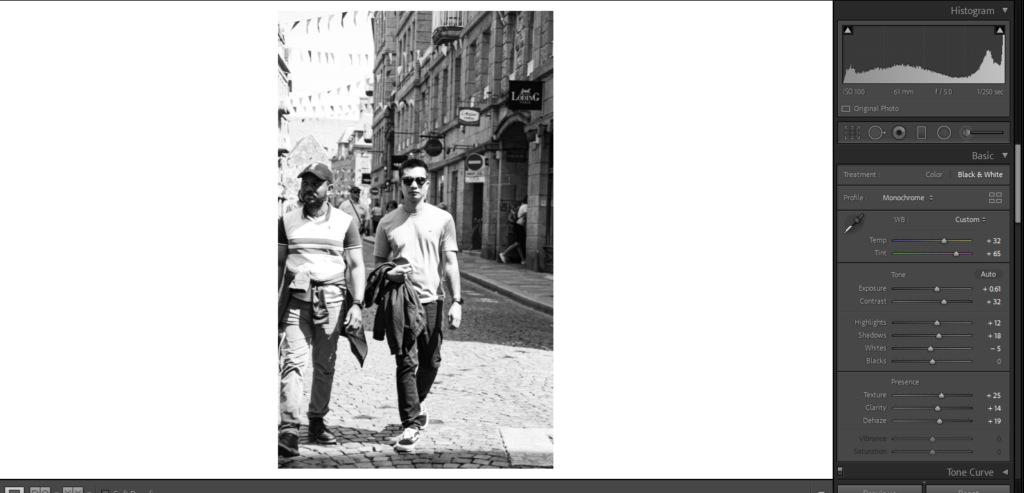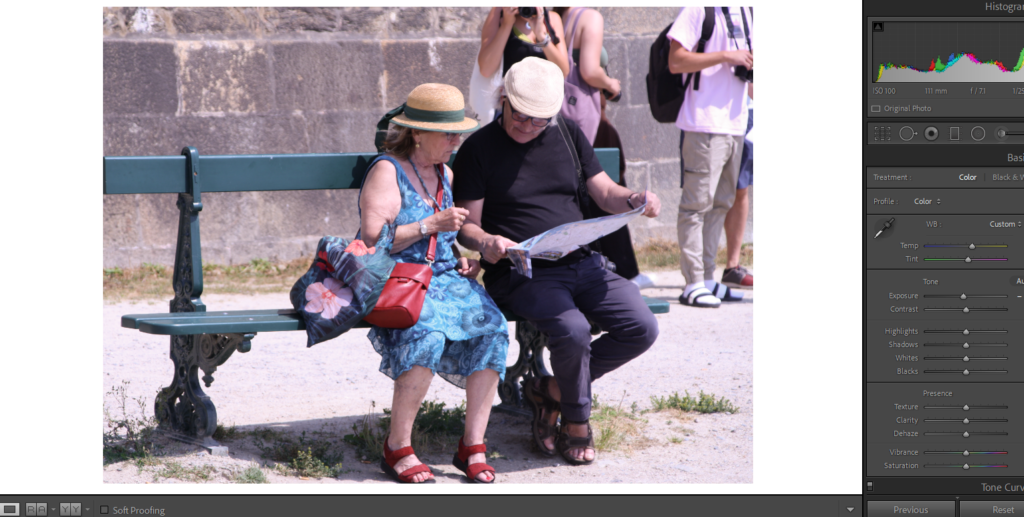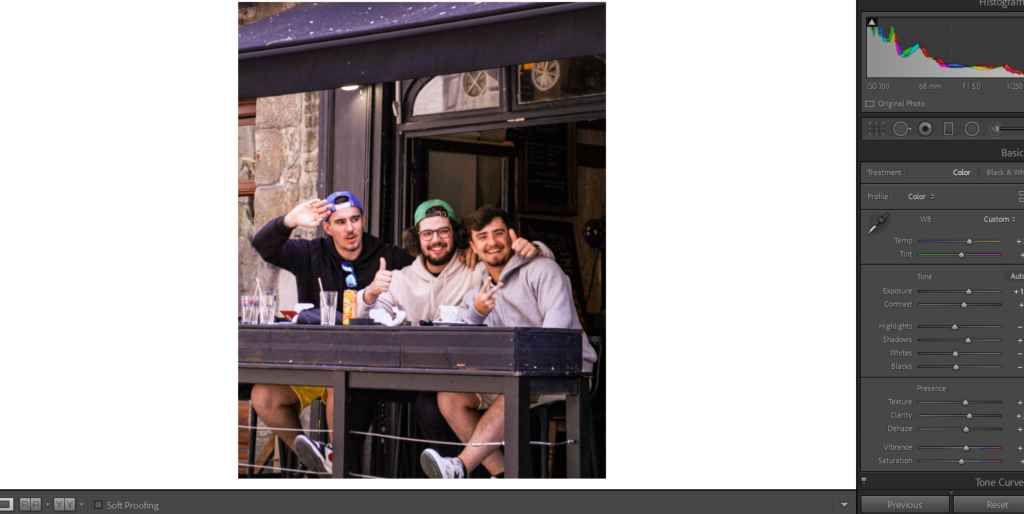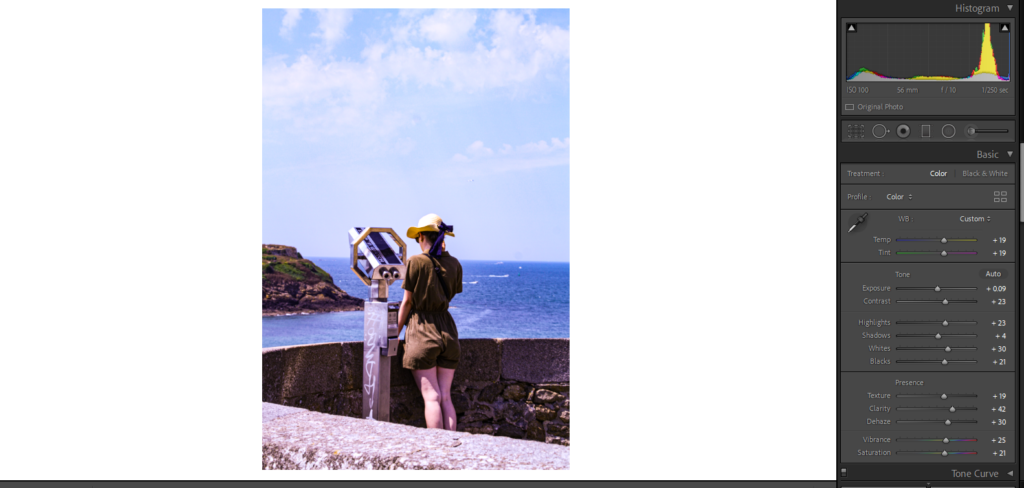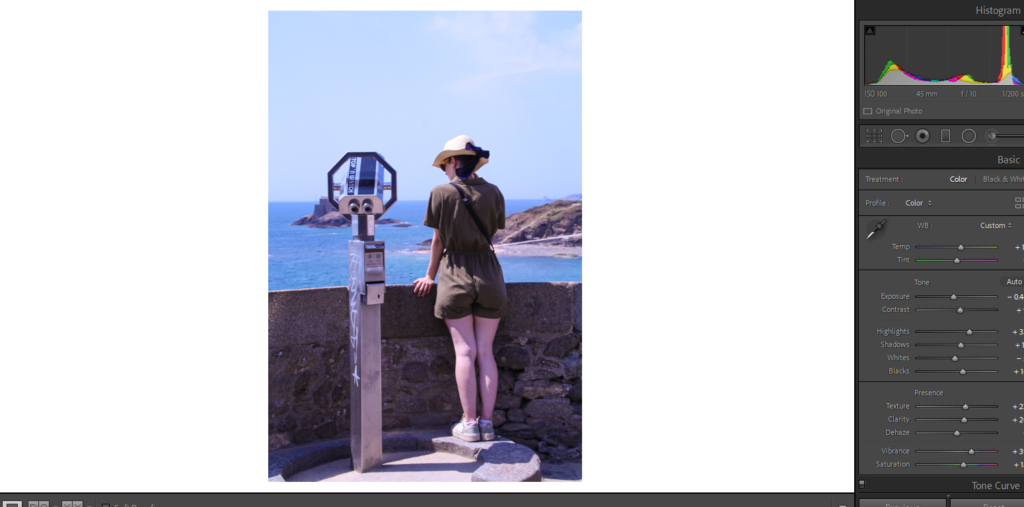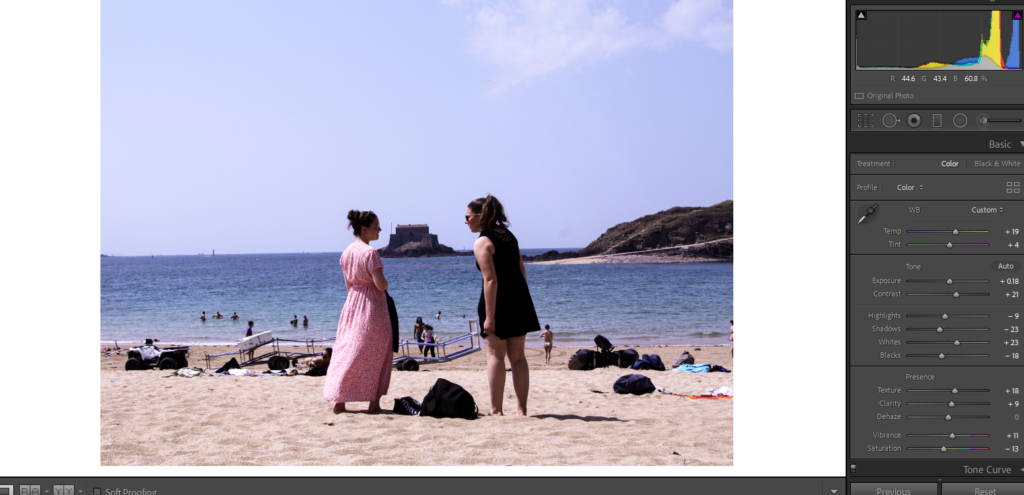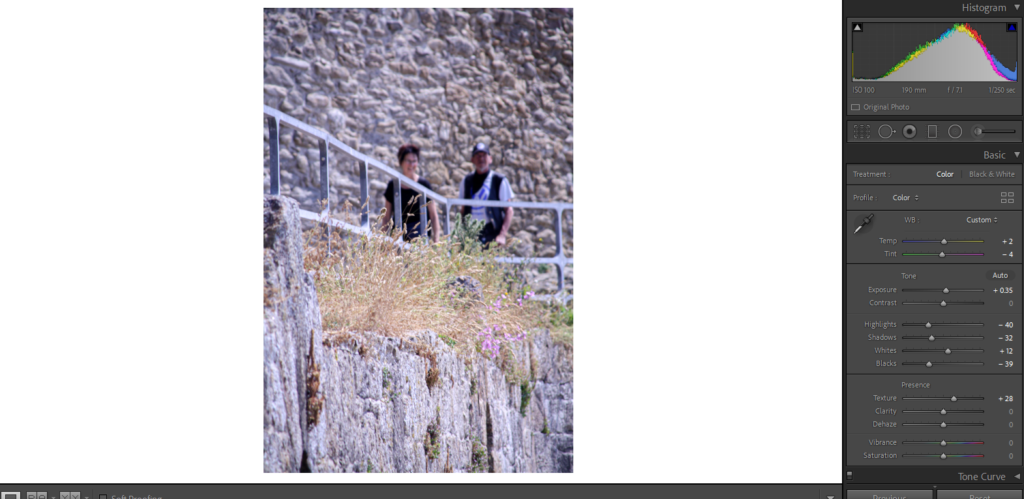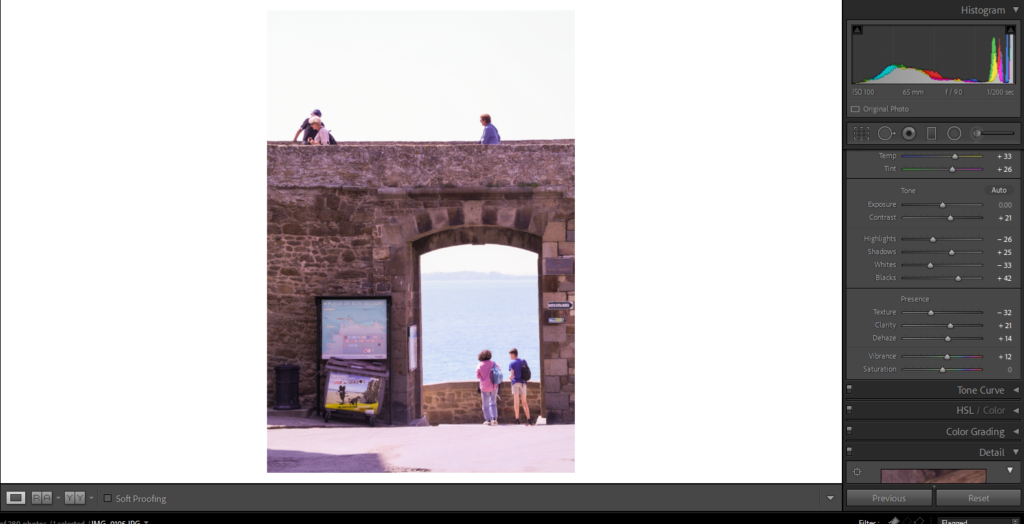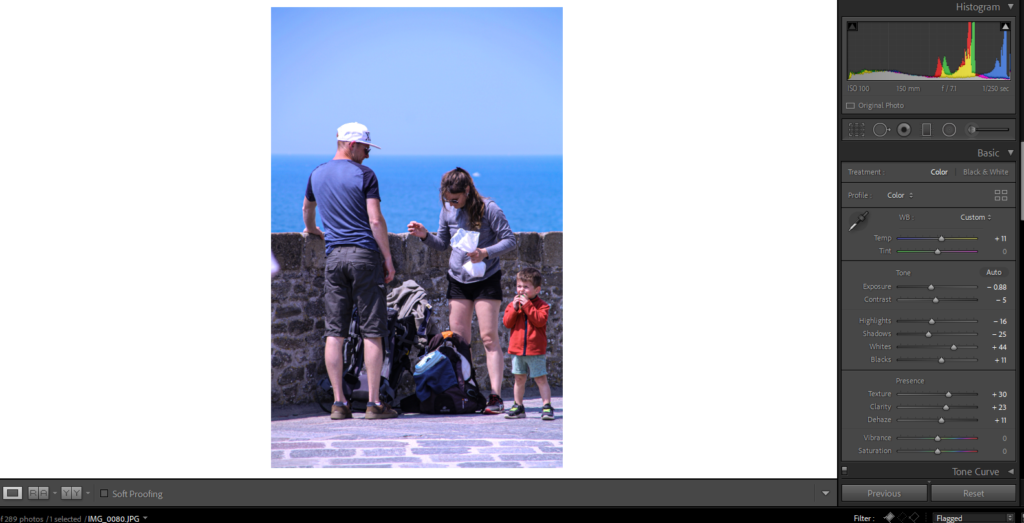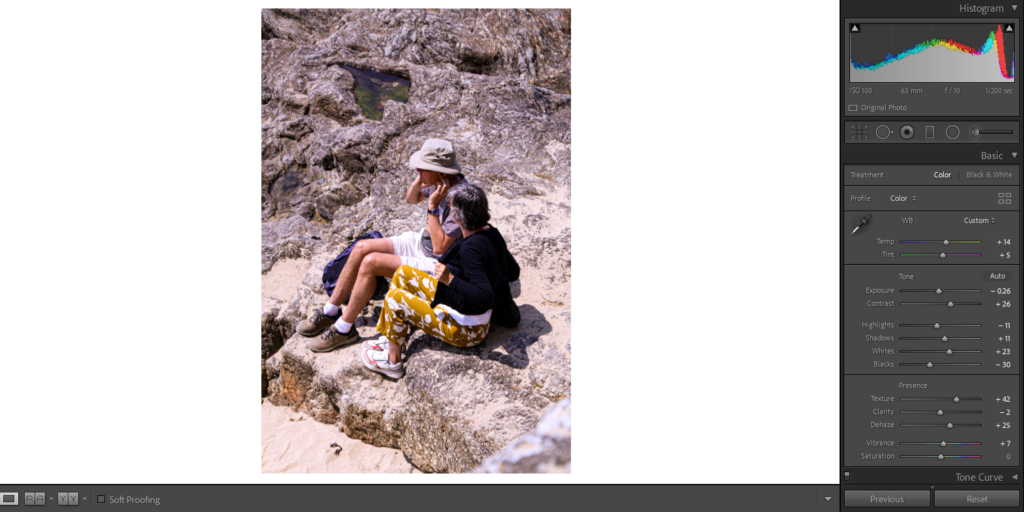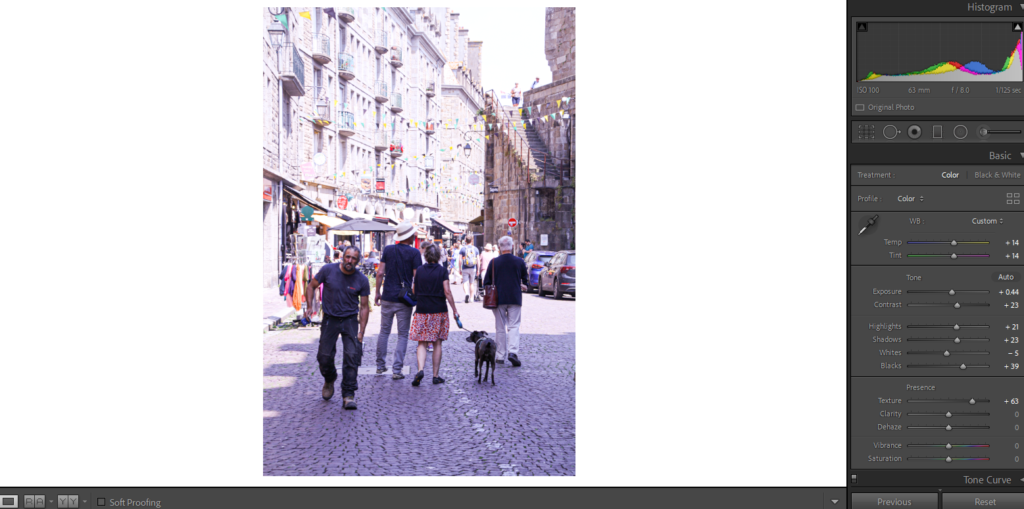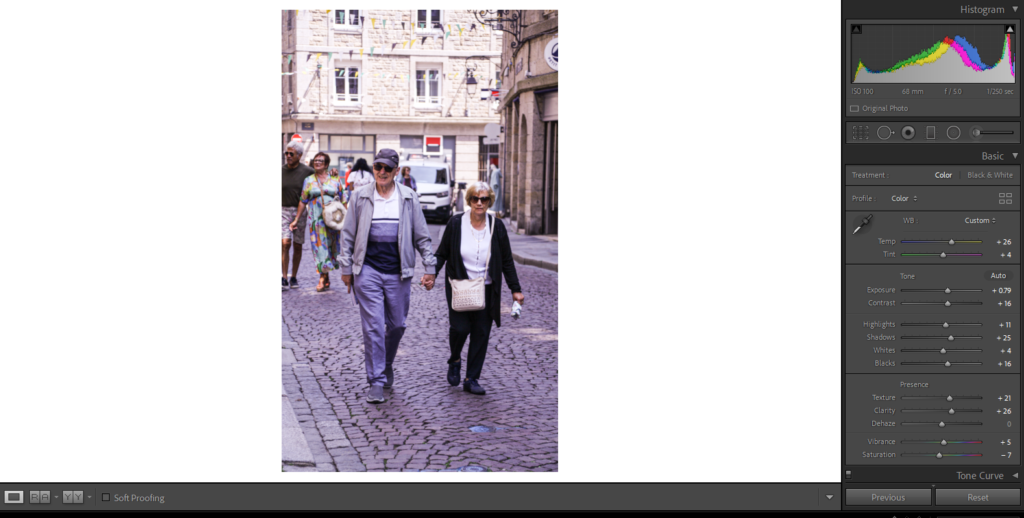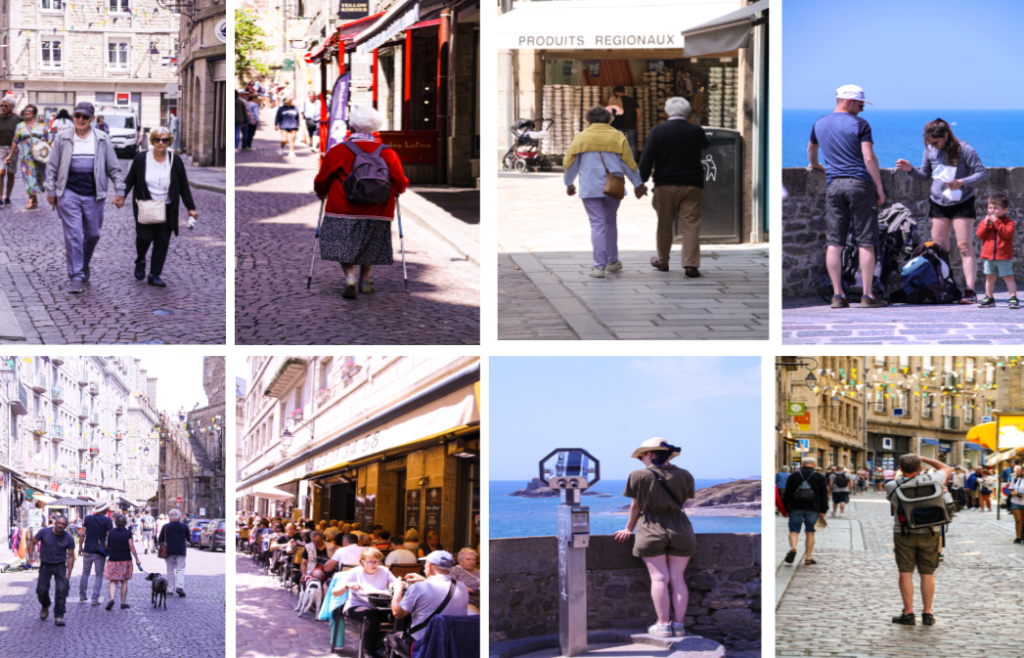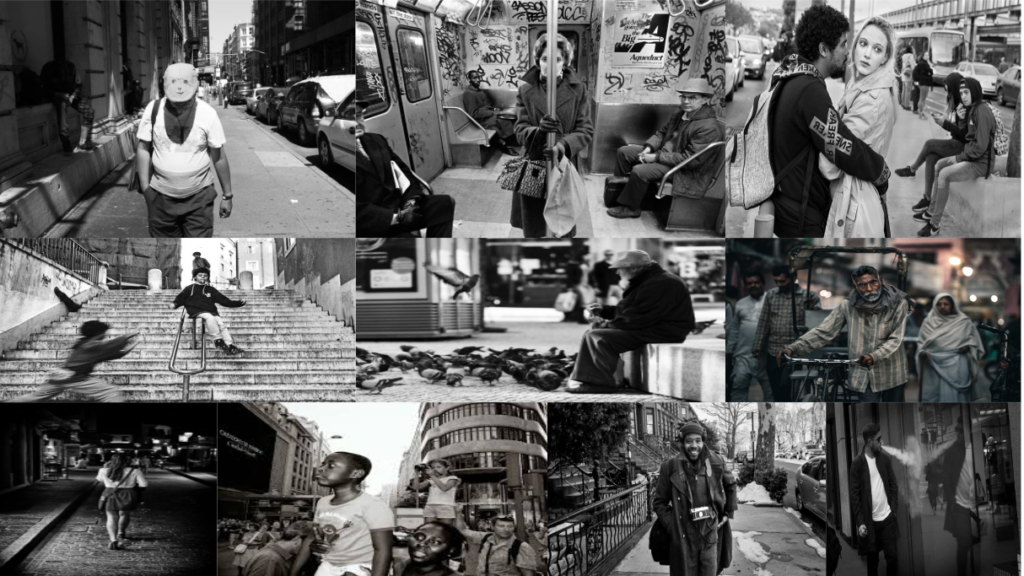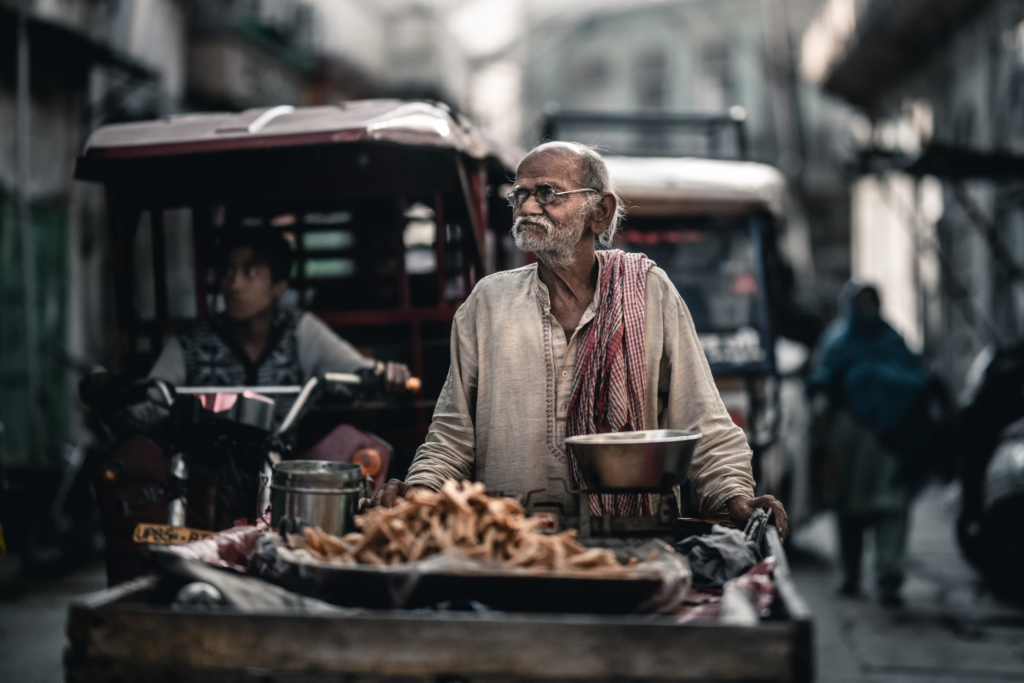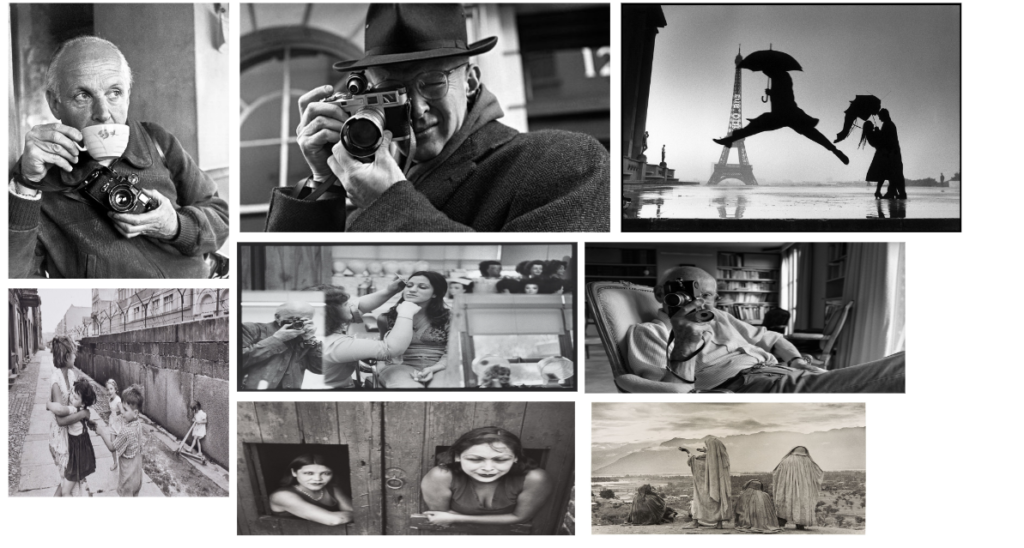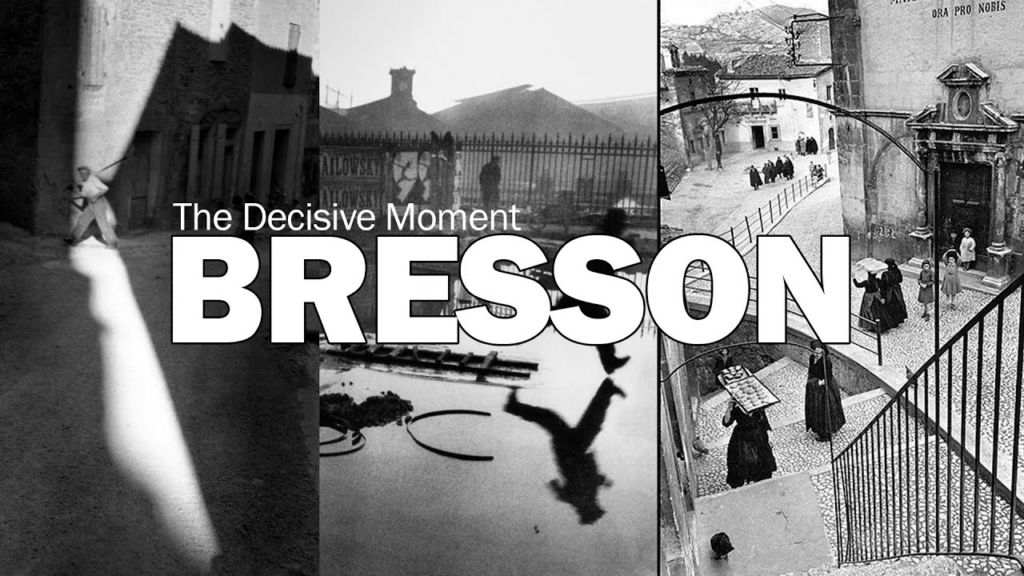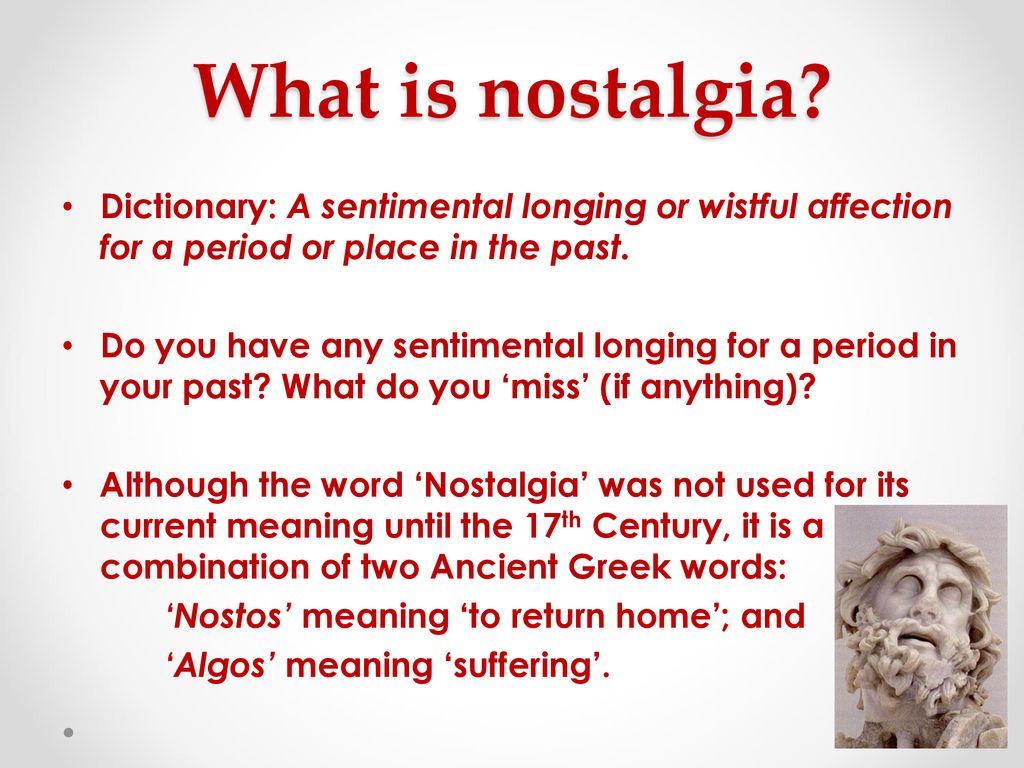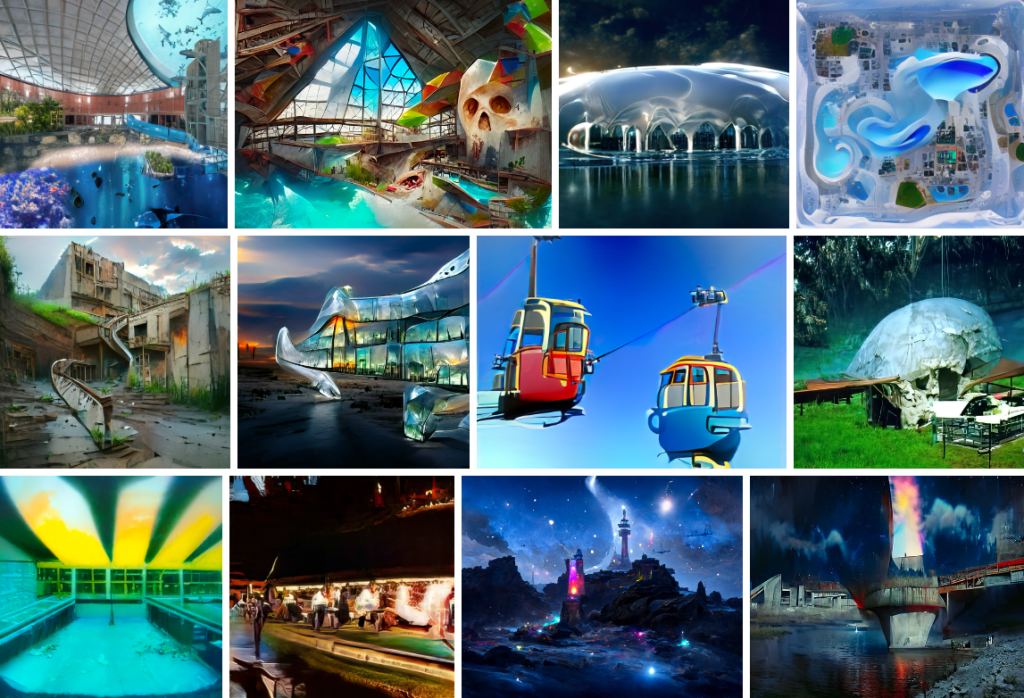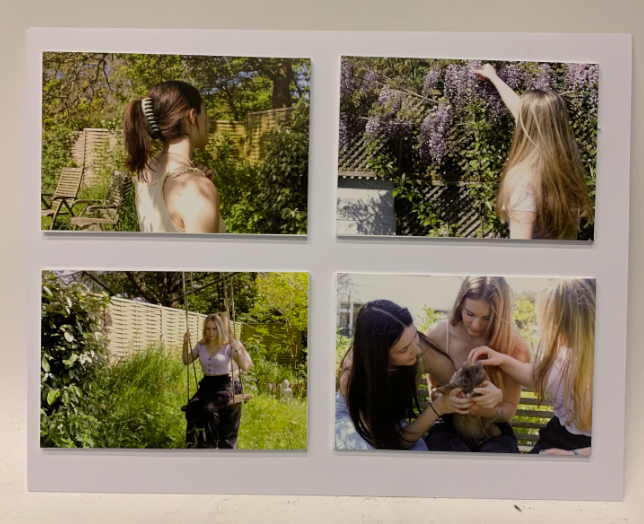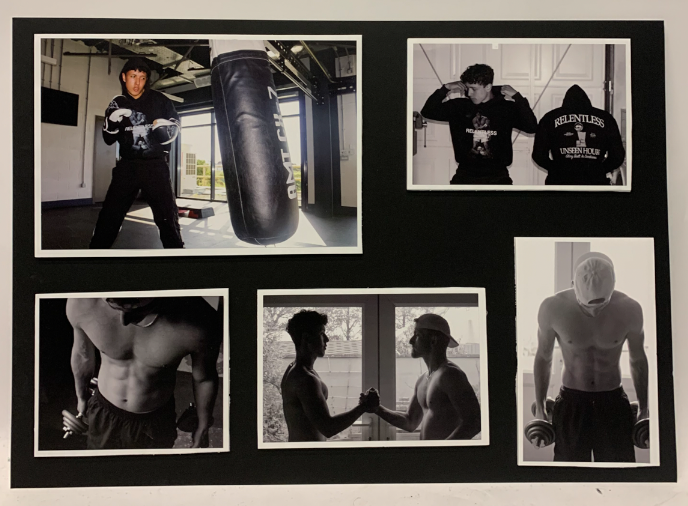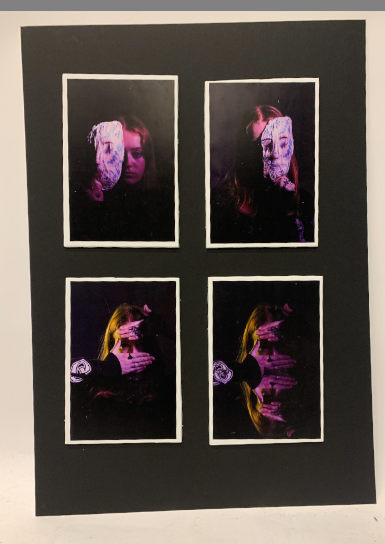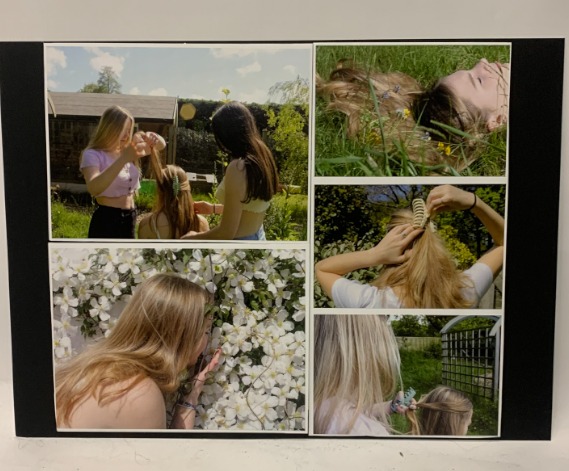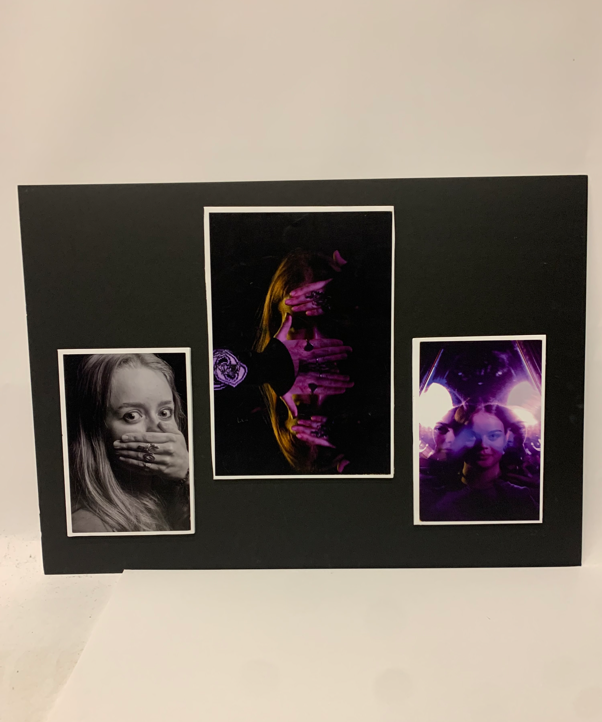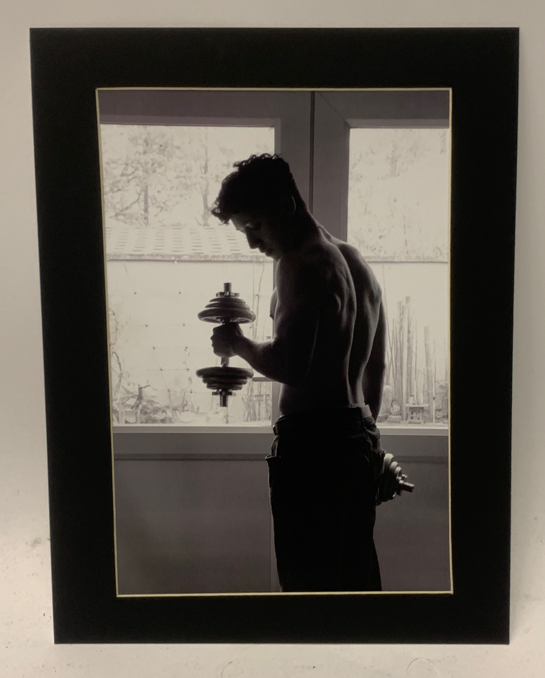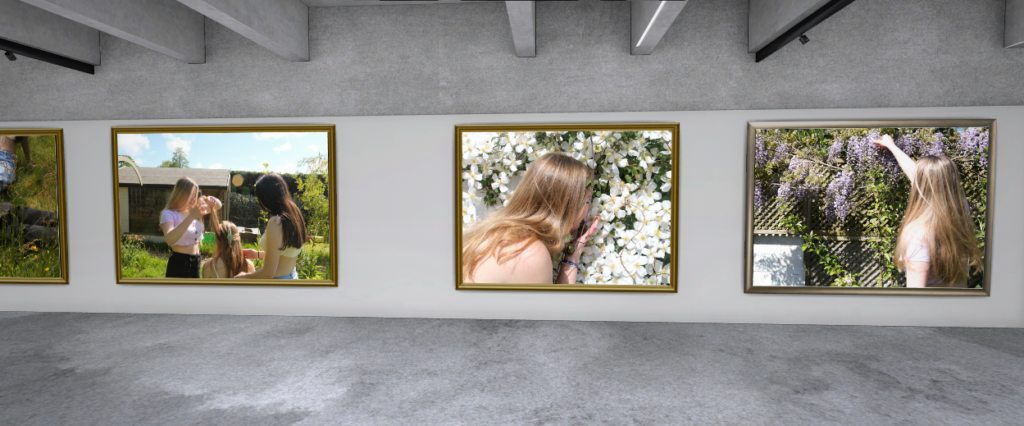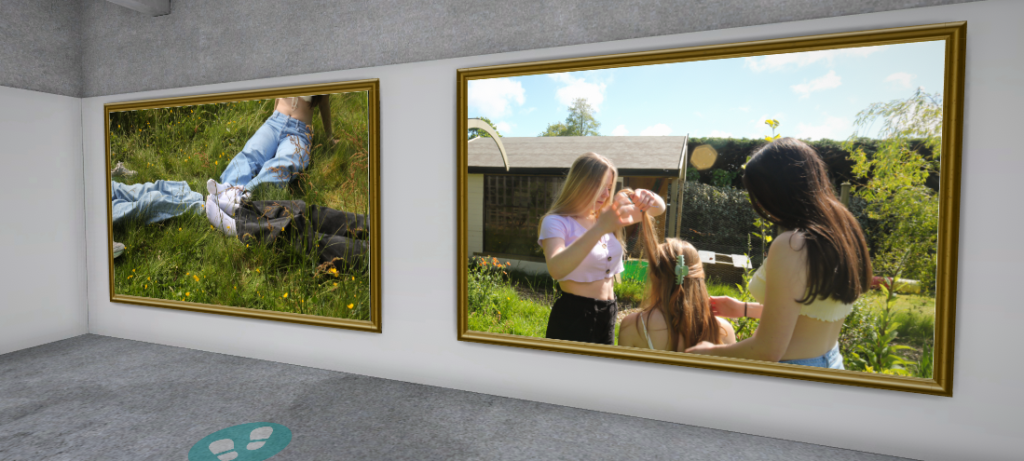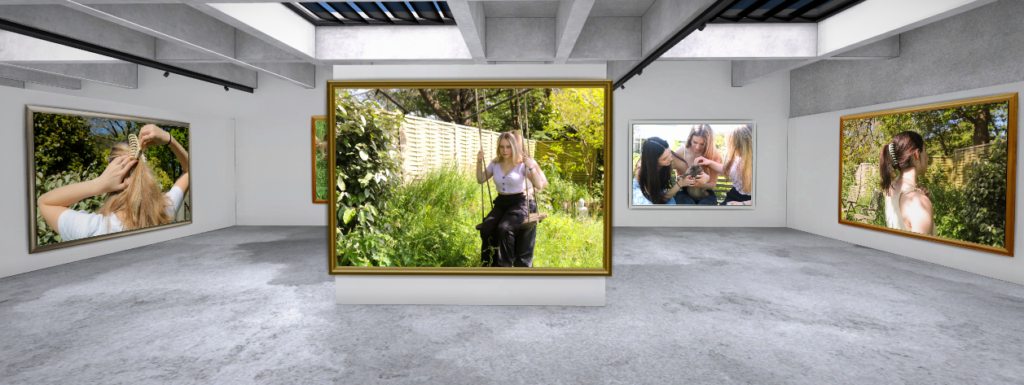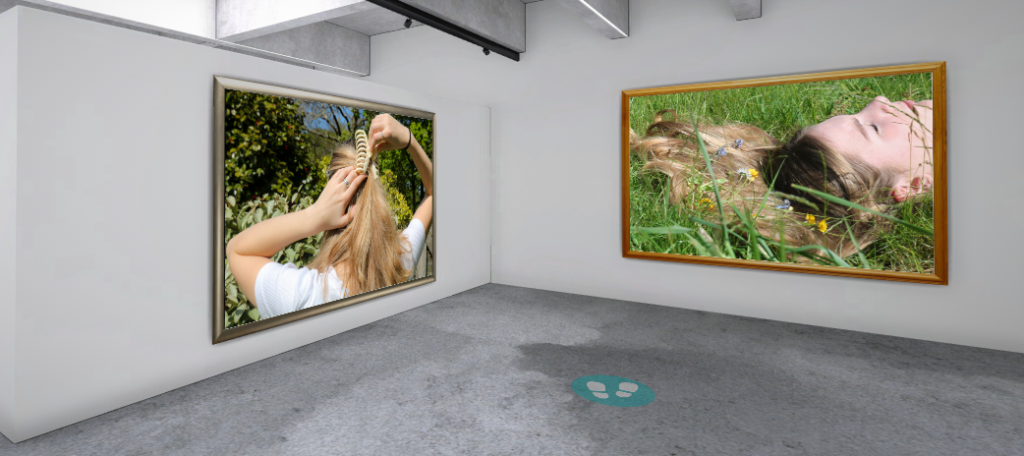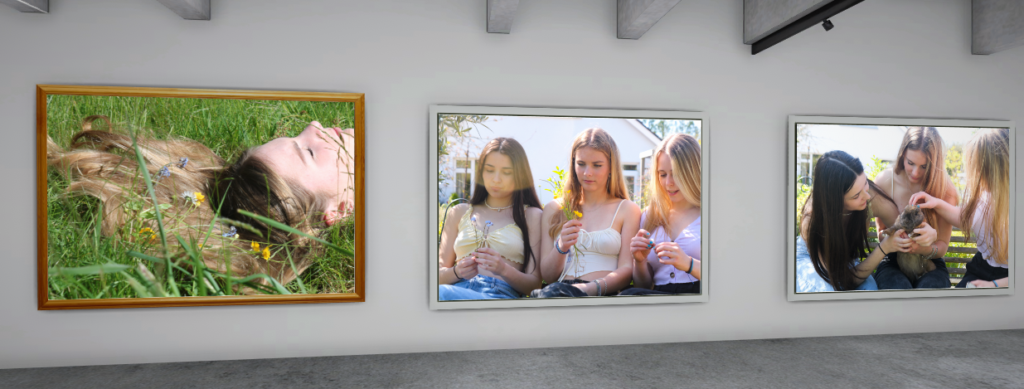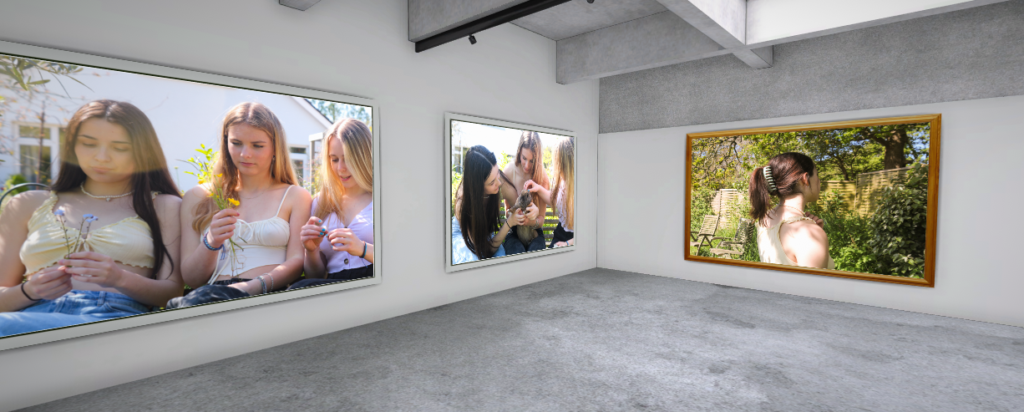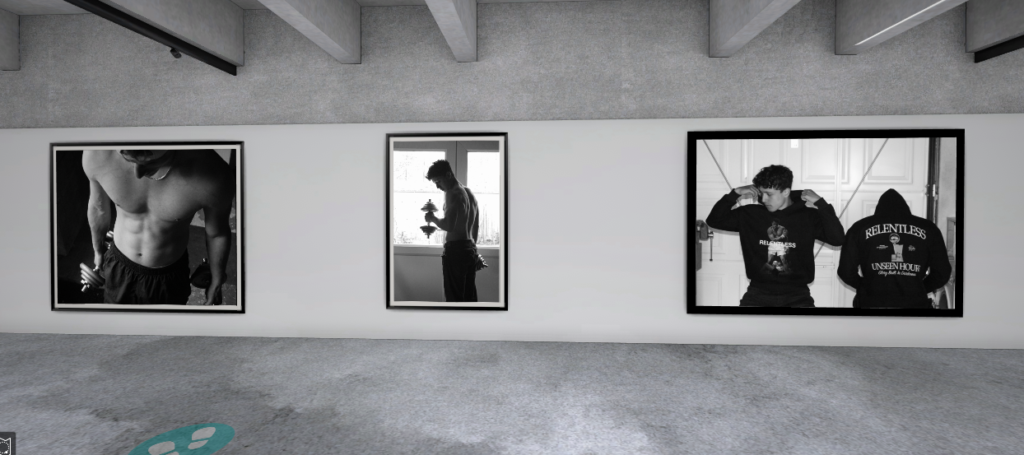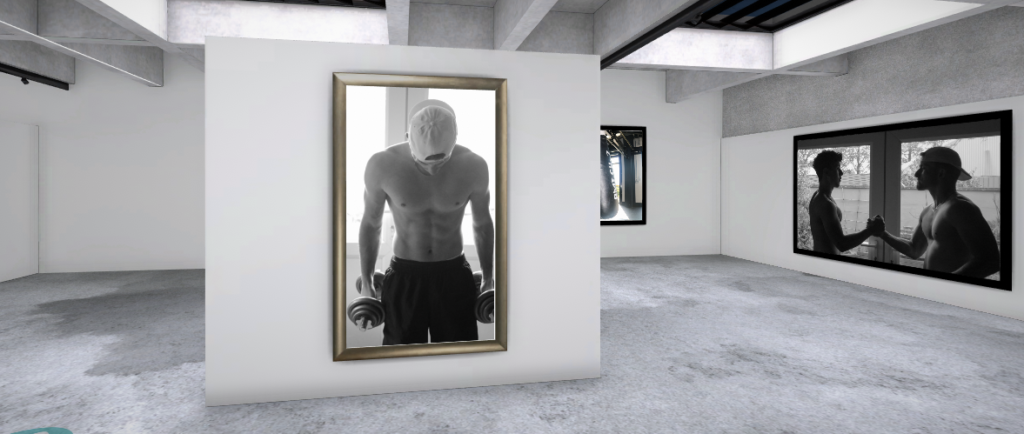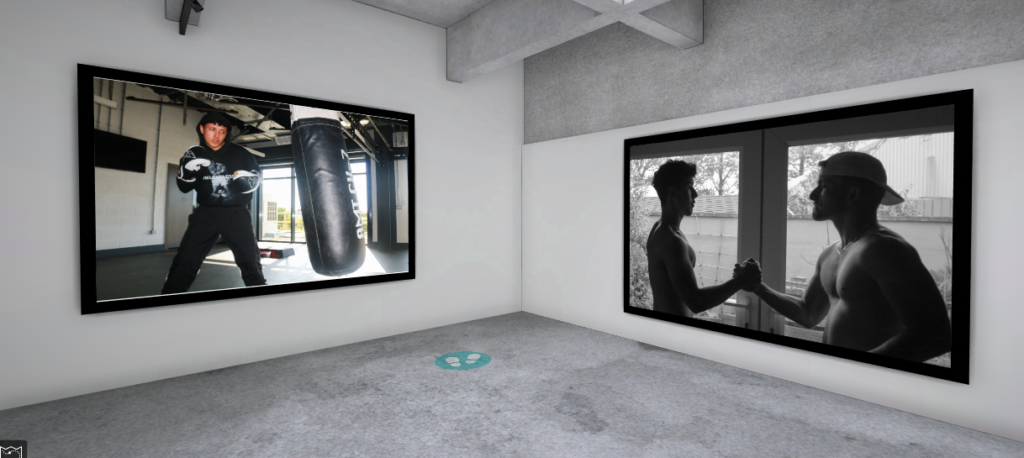A Zine is most commonly a small circulation publication of original or appropriated texts and images. There are different types of zine such as art and photography zines, literary zines, social and political zines, music zines, travel zines and food zines.

For my zine I used 16 of my best and strongest images from St Malo, I used a mix of black and white images and images in colour which I felt gives my zine a variety of tones and emotions. Below are the Images that I used.
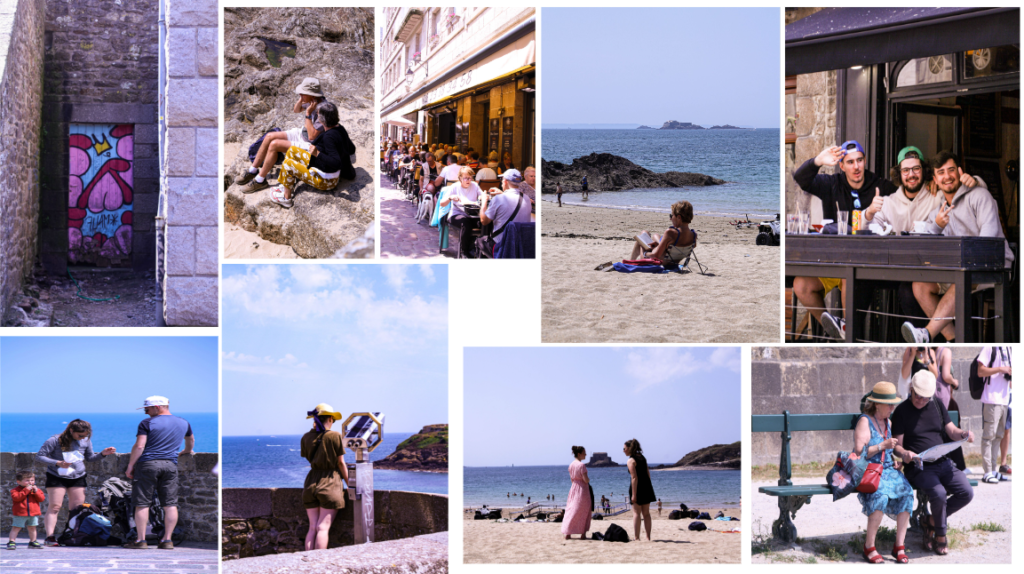

NARRATIVE
A narrative refers to the structure and presentation of a story, typically involving characters, settings and event. It serves as a means of conveying information, emotions of ideas in a sequential and engaging manner. Narratives can be found in various forms of literature, film and other artistic mediums, allowing for the exploration of complex themes and the expression of diverse perspectives. They often follow a specific structure, such as the exposition of diverse perspectives. They often follow a specific structure, such as the exposition, rising action, climax, falling action and resolution to create a coherent and impactful storytelling experience.
EDITING & SEQUENCING
For my zine I had previously edited my pictures on Lightroom and photoshop. I named it “descender à St Malo” which means descend into St Malo. For my inspiration I looked at old zines online and the ones in class to come up with the idea of mine.
Importance of a zine
A zine is an important platform for photographers to showcase their work outside traditional channels. It democratizes art, allowing emerging talents to reach a wider audience. They serve as a tangible and accessible platform to enhance the connection between the artist and the viewer. In an era dominated by digital content, zines preserve the tactile experience of photography, offering a unique, intimate journey through the creator’s vision. Ultimately, photography zines empower artists to share diverse narratives, contributing to a richer, more inclusive cultural dialogue.

